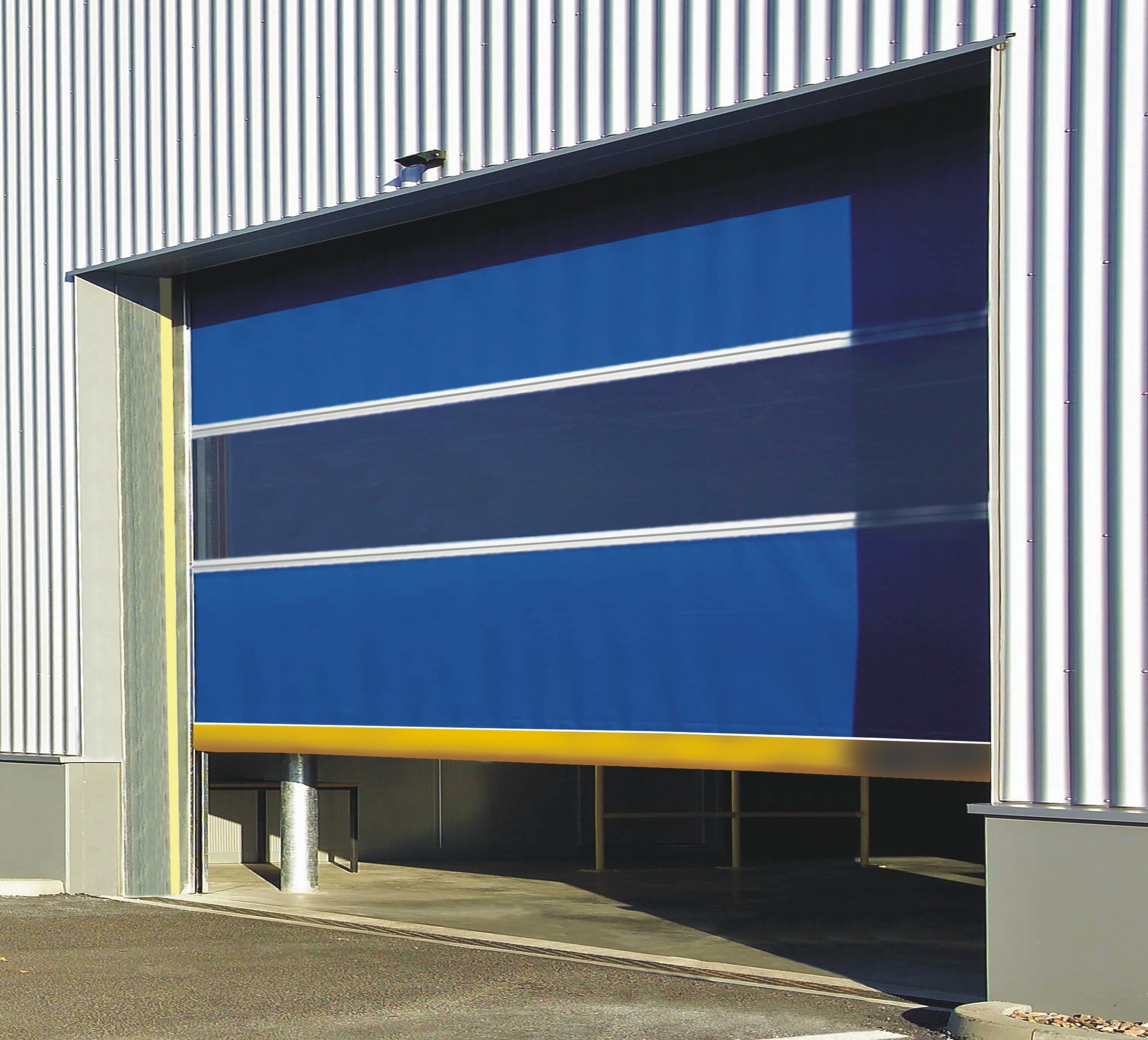The right high-speed doors for your facility are not only a matter aesthetics and budget, but can also impact the efficiency, safety and energy consumption of your business. The right high speed doors can make a huge difference in any industry.
Tip 1: Understand What A High-speed Door Is
It’s important to know what a high speed door is before diving into the details. High-speed doors are designed to be opened and closed quickly, often at speeds up to 80 inches per seconds. This rapid movement is beneficial for traffic flow and security. In industrial settings such as warehouses, factories, and distribution centres, high-speed doors can be found. They are used to provide quick access while ensuring a secure closure.
Tip 2: Knowing The Types Of High-speed Doors Is A Good
There is no one-size-fits-all solution when it comes to high speed doors. There are many types of high-speed doors, each with their own unique features and benefits.
Metal Doors
Metal high-speed door are durable and robust, which makes them perfect for environments requiring high levels of security. These doors are commonly used in industrial and commercial facilities.
Insulated Fabric Doors
These doors are ideal for applications that require temperature control, like freezers and refrigerators. The fabric is insulated to prevent heat loss, condensation and noise.
Rubber Doors
High-speed rubber doors are designed for heavy-duty environments. They are petrochemical-resistant and reinforced with a polyester weave for added strength.
Tip 3: Consider Key Features
It’s important to take into consideration a number of features when choosing a high-speed entrance. These can have a significant impact on its performance as well as suitability for specific requirements.
Speed up
A high-speed garage door’s main advantage is its speed. Check the rates of opening and closing, as they can vary depending on model and type.
Material
The material used to make the door will affect its durability, energy efficiency, and maintenance needs. Select a material which is compatible with the needs of your industry and the environmental conditions.
Safety Measures
To prevent accidents, look for doors that have safety features such as infrared sensor and automatic reversal mechanism.
Energy Efficiency
By minimizing air leakage, high-speed doors help to save energy by maintaining the temperature within the building. Choose doors that have good insulation to maximize energy efficiency.
Tip 4: Match The Door To The Application-specific Needs
Your specific operational needs will determine the best high-speed doors for your facility. You can match door types to industry needs by following these steps:
Food and Beverage
Doors with easy-to-clean surfaces and excellent insulation are essential for facilities that produce or store food. Vinyl curtains and stainless steel headers with insulation are frequently recommended.
Pharmaceuticals
High-speed doors in pharmaceutical environments must adhere to strict standards of cleanliness and contamination prevention. Choose doors that are designed for controlled environments.
Manufacturers
Durability and speed are frequently the most important factors in manufacturing plants. Metal or rubber doors with high-impact resistance are often used.
Warehouse
Warehouses are often concerned with energy efficiency and security. Metal or fabric doors with advanced locking systems are preferred.
Tip 5: Maintain And Durability Is The Key To Success
It’s important to take into account not only the initial cost, but also its durability and maintenance over the long term.
Low Maintenance
Choose doors that are low maintenance and will reduce your operating costs. A springless design, for example, can reduce the maintenance required.
Durability
Search for doors that are made of materials that will withstand the demands of your industry. Rubber doors are perfect for environments that require a lot of work, whereas metal doors provide high security and durability.
Tip 6: Remember to Consider The Cost
It’s tempting to choose the cheapest door, but it is important to look at the total cost of ownership before choosing a high speed door.
Initial Investment
The cost of a door can be affected by its type, features and price. Budget accordingly.
Operational costs
The energy efficiency of the door and its maintenance needs will have a long-term impact on the cost.
Return on Investment (ROI).
Consider factors such as increased efficiency, lower energy costs and improved security when calculating the ROI. The quicker return on investment may justify a higher initial cost.
Tip 7: Select The Right Supplier
The right supplier is just as important as the right door. Consider the following factors:
Expertise
Vendors with proven track records in your field are the best to choose. They can help you choose the best high-speed doors for your business.
Customer Service
A good customer service can be a game changer, especially if you require urgent repairs or maintenance. Select a vendor who offers dependable after-sales service.
Warranty and Guarantees
Check the warranty offered by the seller and the guarantees they offer. You can save yourself a lot in the end.
The Conclusion Of The Article Is:
The decision to choose the best high-speed doors is complex and involves many factors. From the material and type of door, to the cost and the vendor you select, there are many things that go into the process. Following these 7 tips will help you make a well-informed decision that will benefit your facility for many years.
